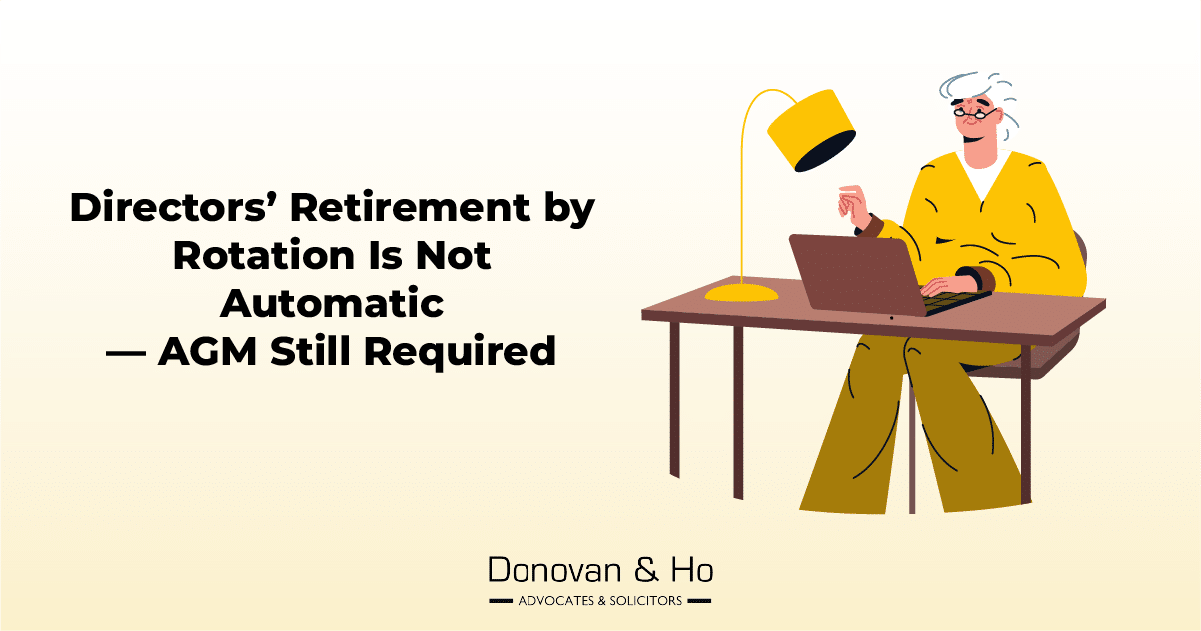The Court of Appeal of Malaysia in Pemungut Duti Setem v Ann Joo Integrated Steel Sdn Bhd [2025] 1 MLJ 141 delivered a landmark judgment considering (i) whether a loan instrument qualifies as an instrument under Item 22(1)(b) of the First Schedule of the Stamp Act 1949 (“Act”), (ii) the specific criteria that must be met to benefit from the Stamp Duty (Remission) (No 2) Order 2012 (“Remission Order”) for the stamp duty payable and (iii) how the remission is supposed to be calculated.
Case Background
1. The respondent (Ann Joo Integrated Steel) was offered credit facilities totaling RM105 million by Alliance Bank via a letter of offer and paid RM525,000 in stamp duty on the agreement.
2. A dispute arose regarding whether the correct classification of the loan instrument fell under Item 22(1)(a) or 22(1)(b) of the First Schedule of the Act:
- Item 22(1)(a): applies where the loan is for a definite and certain period, allowing the total amount ultimately payable to be ascertained. For instruments under this category, the stamp duty payable is 0.5% of the total loan amount i.e. RM525,000 (0.5% of RM105 million).
- Item 22(1)(b): applies where the loan is for the term of life or any other indefinite period. For instruments under this category, stamp duty of 1% on the periodic sum is payable, but there is a Remission Order which allows stamp duty in excess of 0.1% to be remitted, if certain conditions are met.
3. Ann Joo claimed that the loan instrument should be categorized under item 22(1)(b) and thus eligible for remission. On the other hand, the Collector argued that the instrument fell under Item 22(1)(a) of the First Schedule of the Act and was therefore stampable at 0.5% of the total facility amount and not eligible for remission.
Findings of the Court
1. High Court: Held in favour of Ann Joo the respondent. The instrument fell under item 22(1)(b) of the First Schedule of the Act and qualified for remission under the Remission Order. It ordered a refund of the excess RM420,000 stamp duty paid, along with interest at a rate of 8% per annum from the date of payment until the refund date.
2. Court of Appeal: Dissatisfied with this decision, the Collector filed the present appeal.
- The Court of Appeal found that the facility was not for a definite period with ascertainable total liability, as the bank retained right to recall or cancel it, hence the facility was in substance indefinite in nature. Even though the trade instruments had “usance tenure” up to 180 days, that was only a maximum credit period and not a fixed repayment schedule. Therefore, the court found that the facility should correctly be classified under item 22(1)(b), which applies to instruments for an indefinite period.
- To qualify for stamp duty remission under the Remission Order, the Court of Appeal clarified that four conditions must be satisfied:
a) The instrument must be a loan agreement or loan instrument. A letter of offer for a loan facility also counts as a loan instrument.
b) Chargeability under Item 22(1)(b) (i.e. the loan does not have a definite tenure nor limit the period of time for the repayment of the amount).
c) The loan or credit facility must be unsecured (i.e. granted on a “clean basis” without collateral).
d) The sums of money owing must be repayable on demand or in a single bullet repayment (i.e. a lump sum payment made for the entirety of an outstanding loan amount).
- On how the Remission is computed, the Court of Appeal helpfully clarified that the stamp duty remission under the Stamp Duty (Remission) (No. 2) Order 2012 should be applied on the duty amount, and not the principal loan amount.
To illustrate:
The stamp duty under Item 22(1)(b) (before remission) = 1% of RM105 million = RM1,050,000 (duty amount) The Remission Order then remits the portion of the duty amount exceeding 0.1%, so only 0.1% of the duty RM1,050,000 x 0.1% = RM1,050 remains payable.
Implication to Businesses
- The Ann Joo decision helps businesses more confidently classify whether a loan facility should be stamped under Item 22(1)(a)(for definite/certain period) or under item 22(1)(b)(for indefinite period/repayable upon demand) of the First Schedule, Stamp Act 1949 by looking at the substance of repayment terms rather than mere labels.
- Businesses with unsecured, flexible-term credit facilities which are repayable upon demand or in a single bullet payment may qualify for significant stamp duty reductions under the Remission Order 2012.
This ruling in this case is significant as it clarifies the conditions for remission eligibility and affirms the principle that substance prevails over form in the assessment of loan instruments for stamp duty purposes. Also, as the obligation to correctly classify instruments now shifts to businesses under the self-assessment regime, businesses can more confidently classify loan instruments and plan their stamp duty costs based on the true nature of repayment obligations
***
This article was written by Low Rui Thong (Associate) with assistance from Wendy Chan (Intern) from Donovan & Ho’s corporate practice.
Our corporate practice group advises on corporate acquisitions, restructuring exercises, joint venture arrangements, shareholder agreements, employee share options and franchise businesses, Malaysia start-up founders and can assist with venture capital funds in Seed, Series A & B funding rounds. Feel free to contact us if you have any queries.






